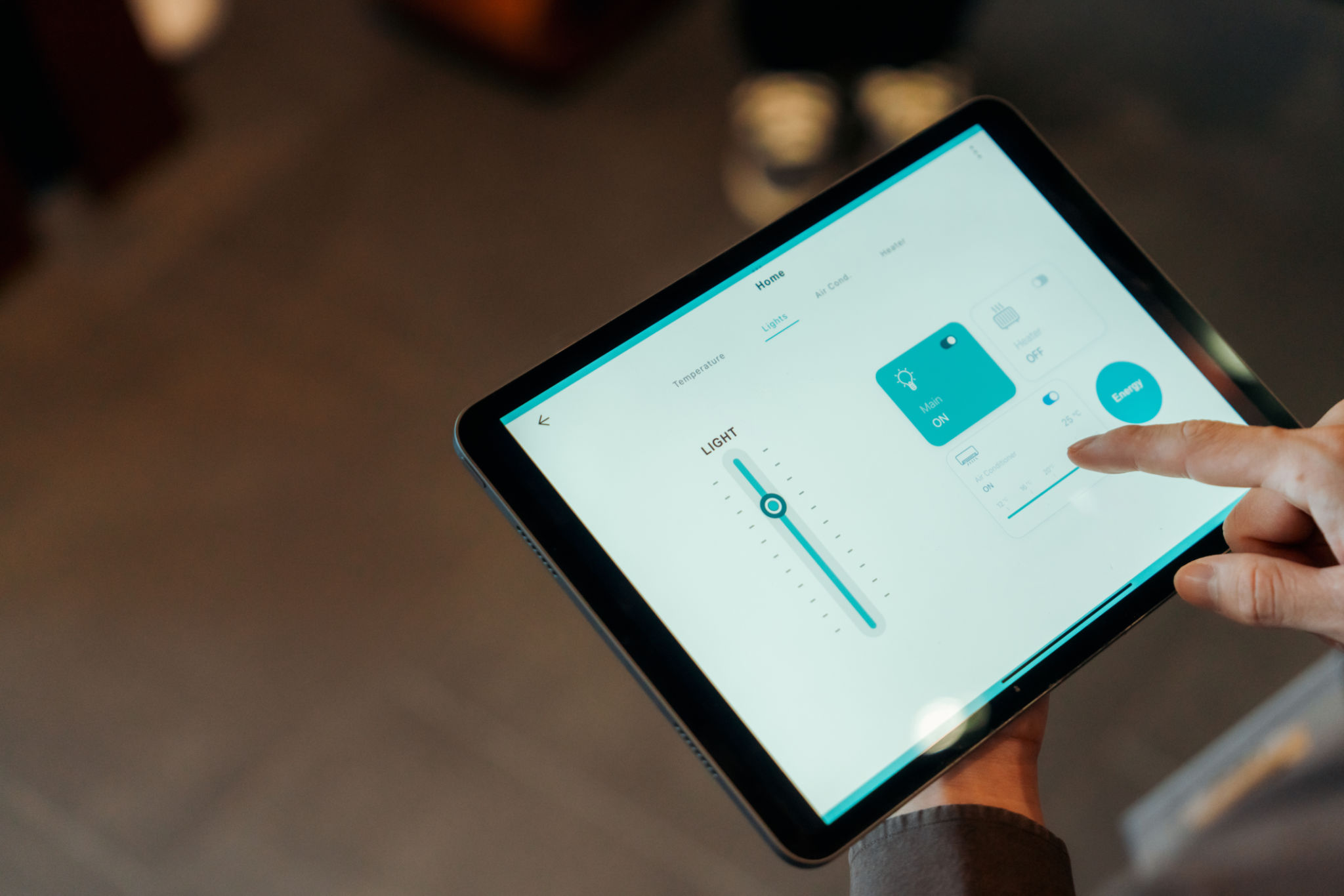Understanding the Latest Construction Trends in Smart Home Integration
Introduction to Smart Home Integration
The construction industry is undergoing a revolutionary transformation with the rise of smart home integration. As technology advances, the demand for homes equipped with smart features is increasing significantly. These features not only enhance convenience but also improve energy efficiency and security, offering homeowners a modern living experience.

The Role of IoT in Smart Homes
At the heart of smart home integration is the Internet of Things (IoT). This technology allows everyday devices to connect and communicate with each other over the internet. From thermostats to lighting systems, IoT enables homeowners to control various aspects of their homes remotely via smartphones or voice commands. This connectivity offers users unmatched flexibility and control over their living spaces.
Energy Efficiency and Sustainable Living
One of the most appealing aspects of smart home technology is its potential to promote energy efficiency. Smart thermostats, for example, learn homeowners' habits and adjust temperatures accordingly, reducing unnecessary energy consumption. Similarly, smart lighting systems can automatically switch off when rooms are unoccupied, contributing to a more sustainable lifestyle.

Enhanced Security Features
Incorporating smart technology into home security systems can provide homeowners with peace of mind. Modern security solutions include smart cameras, motion detectors, and doorbell cameras that offer real-time alerts and remote monitoring. These advanced features ensure that homeowners are always aware of what is happening around their properties, even when they are miles away.
The Rise of Voice-Activated Assistants
Voice-activated assistants like Amazon's Alexa, Google Assistant, and Apple's Siri have become integral components of smart homes. These devices allow users to control various smart features through simple voice commands. Whether it's adjusting the thermostat or playing music, voice-activated assistants make managing a smart home effortless and efficient.

Integration Challenges and Considerations
While the benefits of smart home integration are clear, there are challenges that builders and homeowners must consider. Compatibility between different devices and systems can be an issue, as not all products are designed to work seamlessly with one another. Additionally, the initial cost of implementing smart home technologies can be a barrier for some.
The Future of Smart Home Construction
The future of construction is undeniably leaning towards more integrated smart home designs. Builders and developers are increasingly incorporating these technologies into new projects to meet consumer demand. As technology continues to evolve, we can expect even more innovative solutions that will further enhance the functionality and appeal of smart homes.

Conclusion
The latest trends in construction are heavily influenced by advancements in smart home integration. From IoT connectivity to enhanced security features, these technologies offer a plethora of benefits that cater to modern living needs. As the industry continues to innovate, homeowners can look forward to even smarter solutions that enhance their quality of life.